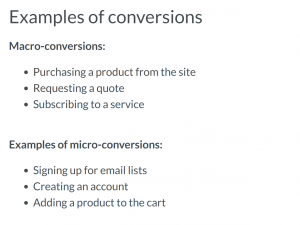Meta descriptions often fly under the radar for both consumers and website builders. Google has crippled their authority by excluding them from the ranking process and often simply rewriting the descriptions webmasters created for their pages. Despite all this, meta descriptions can serve a vital role in your webpage’s click-through-rate. While a bland and boring meta description can disappear like hay in a haystack, an interesting description can make a link stand out during a search.
What Are Meta Descriptions
For those just joining us, meta descriptions are the small blurbs that appear below the website during a search. They give a brief description of the webpage and often highlight the keywords that appear in the consumer’s search.

Writing a Good Meta Description
Good meta descriptions can be the difference between you or your competitor getting a new client. The recommended length of a description falls between 135-160 characters, as longer descriptions get truncated to fit into the snippet provided. Google is also more likely to replace your pre-written description with an automatically generated one of their own, often composed of the first couple lines of the page. Sometimes this is unavoidable but doesn’t mean you should give up.
A good description is brief and attention-grabbing. It describes the purpose of the page without being a summary. Think of a mixture of a blurb on the back of a book and the way coffee beans are described (it’s never just “dark roast with nutty flavors,” it’s always “an invigorating blend grown in the heart of South America with each bean individually roasted and infused with the spirits of warriors and hints of cocoa”). Take advantage of the fact that the consumer probably isn’t sure what they want yet. Make them want to see what you have to offer.
Writing a Bad Meta Description
A meta description can be bad in more ways than it can be good. It can be boring, misleading, poorly written, and/or vague. This doesn’t guarantee that your page will fail, but it won’t help. Some common mistakes to avoid when writing meta descriptions include:
- Stuffing in too many keywords
- Not using any keywords
- Describing the brand instead of the webpage
- Copy and pasting similar descriptions for different pages
- Neglecting rich result optimization
- Simply not writing meta descriptions
When it comes to your firm’s search results it’s best not to leave things to chance or to Google’s algorithms. Mockingbird Marketing specializes in all areas of SEO for law firms, including designing meta descriptions. Contact us to learn more about how your site could be improved, from the bottom up.
